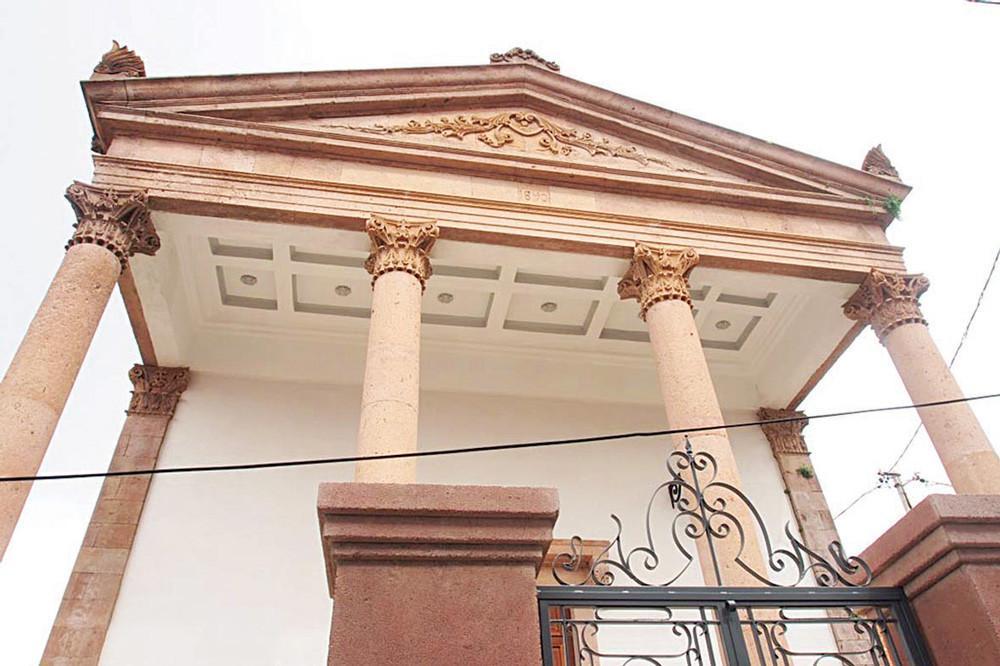
The restoration of the Panagia Phaneromeni Church in the northwestern Turkish province of Balıkesir’s evocative Ayvalık district has been completed.
The church, which is known for its water that is believed to be holy, will open to visitors on March 24 with a meeting of the Association of Historical Towns.
Built in 1890 in Ayvalık’s Kemal Paşa neighborhood, the Panagia Phaneromeni Church has a neoclassical architecture and is perhaps the best known and most important structures in the center of Ayvalık.
After the Turkey-Greece population exchange in the first decades of the 20th century, the church served as an olive oil factory before closing. In 2005 it was handed to the Ayvalık Municipality to turn into the City Archive Museum, and a number of exhibitions were hosted at the site.
The Balıkesir Museum carried out excavations at the church in 2011 under the leadership of Professor Ömer Özyiğit and unearthed the historic pools of the church dating back to the 1860s.
As a result, Özyiğit and his team prepared the surveying, restitution and restoration projects for the church and the restoration process started in 2016.
The restoration was financed by 33 sponsors at a cost of nearly 2 million Turkish Liras, and involved analyzing the old plasters of the structure and conserving its stones.
“With the completion of the restoration work, our national cultural heritage gains a very important structure. As our city is on the tentative UNESCO World Heritage List, the evaluation of such structures is very important. The historical church will be open to visitors from now on. People who come here for the holy water will visit the church. Music concerts, exhibitions and meetings will also be held here. It will be a multi-functional structure,” Ayvalık Mayor Rahmi Gençer said.
Holy water
Orthodox Christians have historically often dedicated their water resources to saints and believed that these holy people gave spiritual and bodily healing to other people with the help of these water sources. Muslims also often followed this tradition, drinking and pouring these sources of holy water in order to seek healing.
As a result of these beliefs, between 1850 and 1922 the church received visitors from many places hoping for healing.